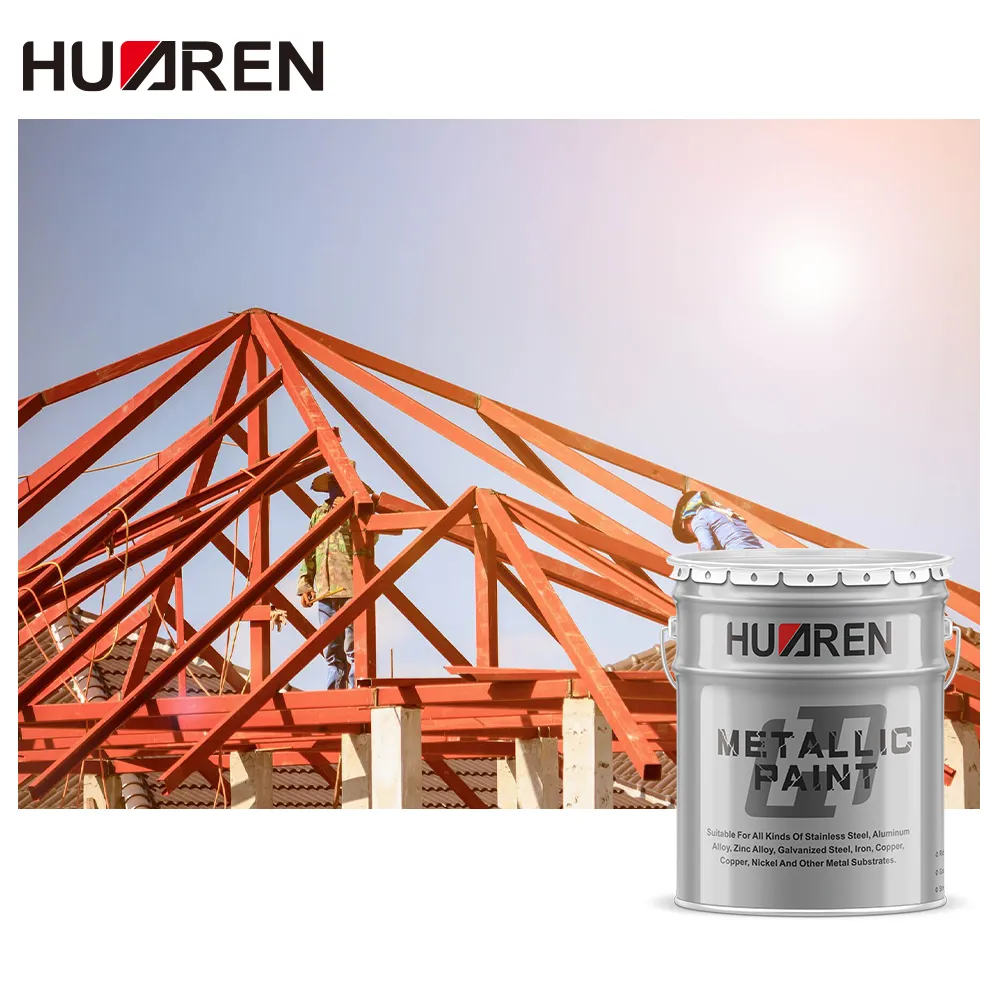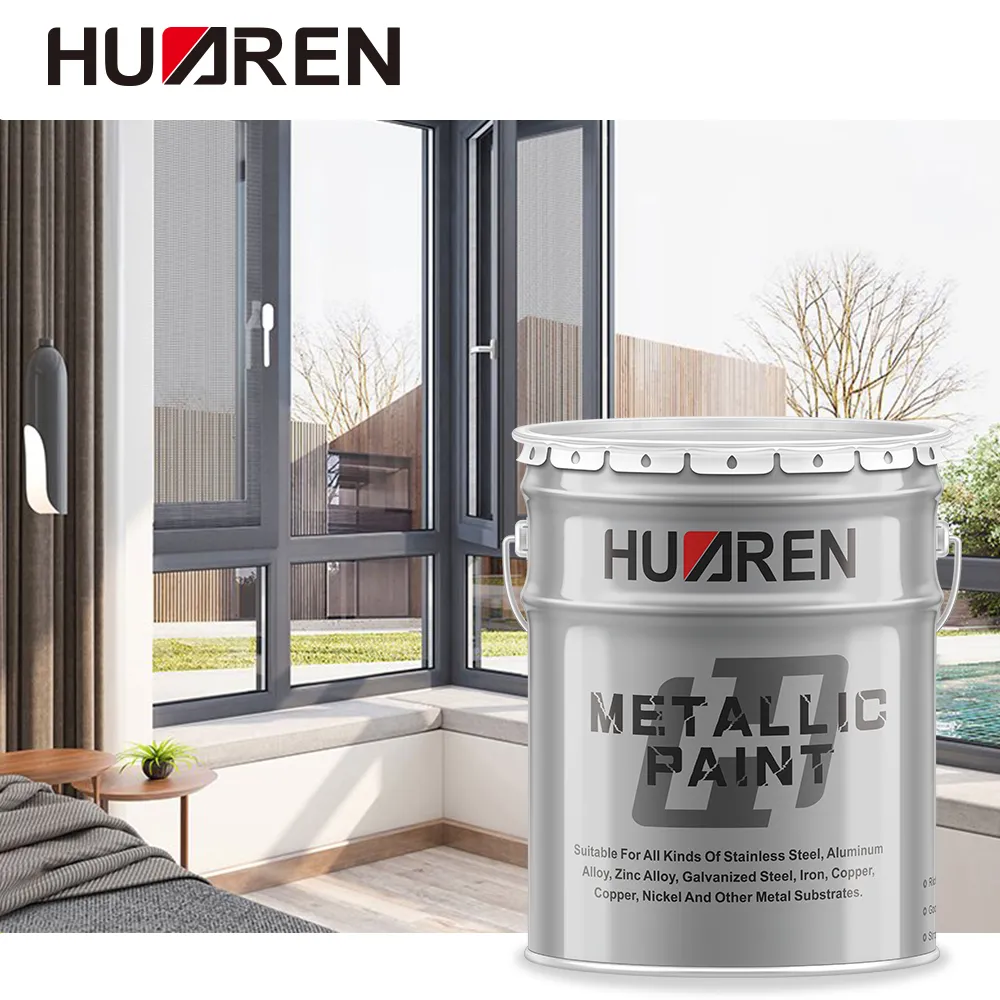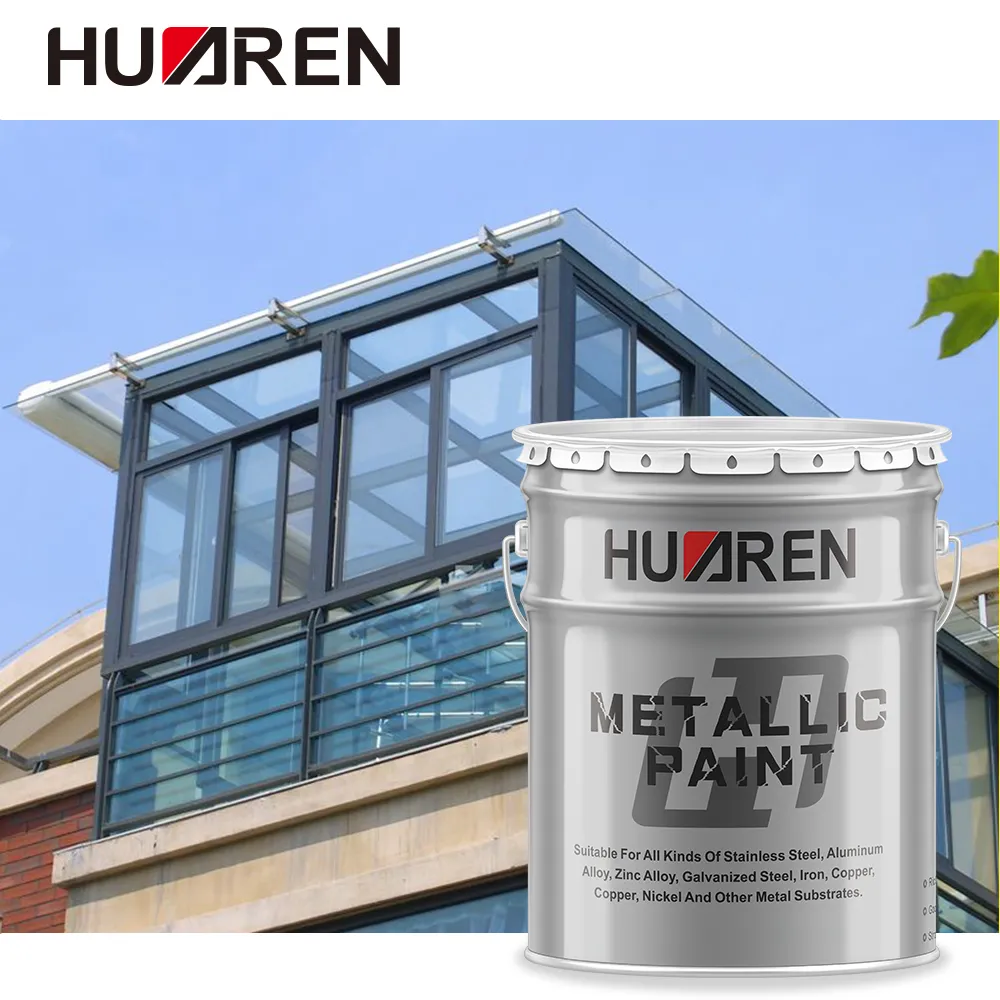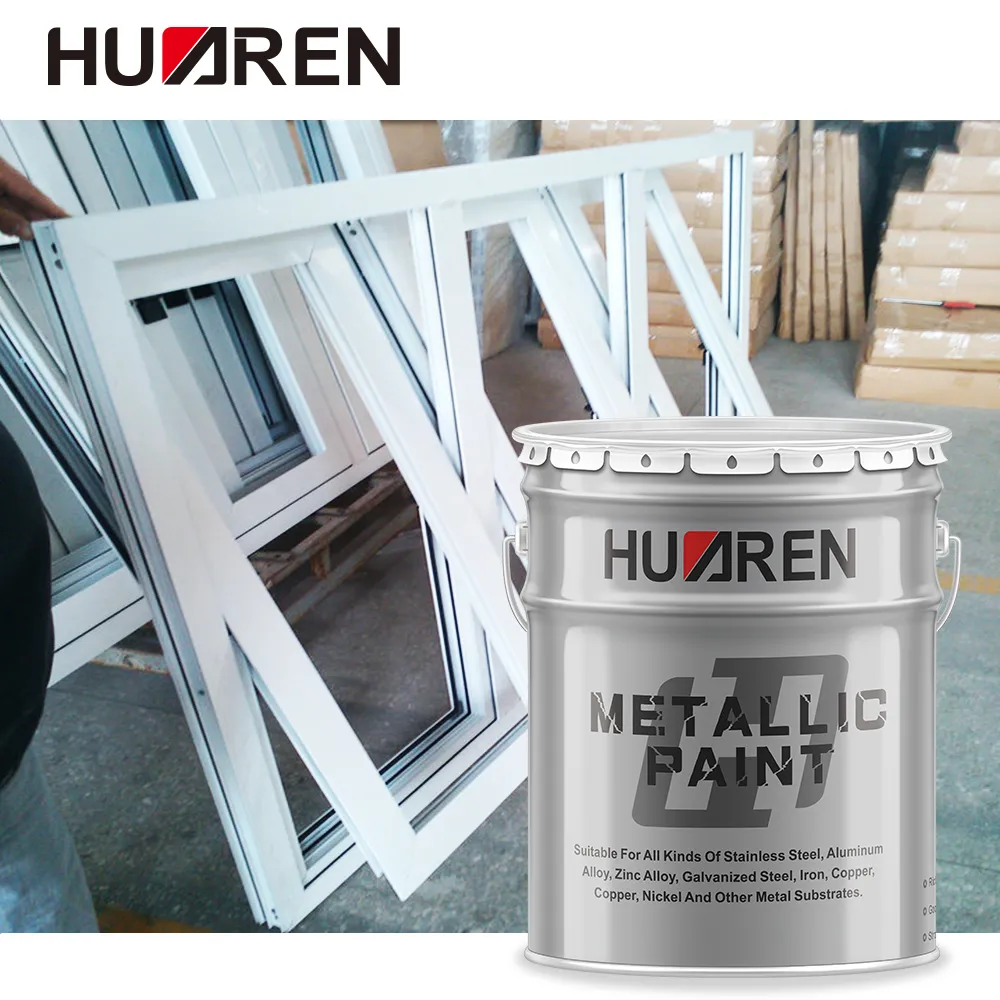Metal surfaces have high requirements for paint due to their special physical and chemical properties. Choosing the right paint can not only beautify metal objects, but also provide effective protection and extend their service life.
This article will delve into which paint is best for metal, as well as the types of paint that are best for metal and their specific applications.

Why do you need to paint metal surfaces?
The main purposes of painting metal surfaces are corrosion prevention, durability improvement, aesthetic decoration, and functionality improvement. Here are some specific reasons:
1. Corrosion prevention: Metals, especially iron and steel, are susceptible to rust due to moisture, oxygen, and other corrosive substances in the environment. Painting can form a protective film on the metal surface, isolating air and moisture to prevent corrosion.
2. Improve durability: By painting, the durability and service life of metal objects can be improved. Paint can prevent scratches, dents, and other physical damage to the metal surface.
3. Beautiful decoration: Paint can provide a variety of colors and glosses for metal objects, increasing their beauty and visual appeal. Decorative paints are widely used in furniture, vehicles, and architectural decoration.
4. Improve functionality: Some special types of paint also have fireproof, anti-slip, anti-static and other functions, which can provide additional protection and functionality for metal objects.

Which paint is best for metal?
The best paint for metal:
1. Epoxy Paint,
2. Polyurethane Paint,
3. Acrylic Paint,
4. Chlorinated Rubber Paint,
6. Powder Coating.
There are many types of paints that are best for metals according to different application requirements, and each paint has its own unique characteristics and advantages. The following is a specific introduction to these types of paints:
1. Epoxy Paint:
Epoxy paint is a two-component paint composed of epoxy resin and curing agent, with excellent adhesion, chemical resistance and wear resistance.
● Advantages: Epoxy paint has extremely high durability and corrosion resistance, and can protect metal surfaces for a long time in harsh environments. It also has strong adhesion and can firmly adhere to various metal surfaces.
● Application: Epoxy resin paint is widely used in metal structures that require long-term protection, such as industrial facilities, bridges, pipelines and storage tanks. It is also commonly used on ships and offshore platforms in marine environments.
2. Polyurethane Paint:
Polyurethane paint is a paint with high gloss and wear resistance, often used on metal surfaces that require beauty and durability.
● Advantages: Polyurethane paint has excellent weather resistance, UV resistance and chemical resistance, and can maintain gloss and color for a long time in outdoor environments. It also has good mechanical strength and flexibility, and can resist impact and scratches.
● Application: Polyurethane paint is widely used in exterior painting of vehicles such as automobiles, aircraft and ships, as well as decorative painting of outdoor metal structures and equipment.
3. Acrylic Paint:
Acrylic paint is a one-component or two-component water-based or solvent-based paint with good weather resistance and environmental protection.
● Advantages: Acrylic paint has the characteristics of fast drying, low odor and low VOC (volatile organic compound) emissions, which meets environmental protection requirements. It also has good weather resistance and UV resistance, and can maintain color and gloss in outdoor environments.
● Application: Acrylic paint is often used for painting building exterior walls, metal doors and windows, billboards and other outdoor metal facilities.

4. Chlorinated Rubber Paint:
Chlorinated rubber paint is a paint with good water resistance and chemical resistance, and is often used on metal surfaces that require corrosion protection and waterproofing.
● Advantages: Chlorinated rubber paint has excellent water resistance and chemical resistance, and can effectively prevent moisture and chemicals from corroding metals. It also has good weather resistance and wear resistance.
● Application: Chlorinated rubber paint is widely used in marine facilities, chemical equipment, swimming pools and other metal structures that require waterproofing and corrosion protection.
5. Zinc-Rich Paint:
Zinc-Rich Paint is an anti-corrosion paint containing a high content of zinc powder, which protects the metal surface through sacrificial anode action.
● Advantages: Zinc-rich paint has strong anti-corrosion properties and can form a zinc layer on the metal surface, protecting the metal from corrosion through sacrificial anode action. It also has good heat resistance and wear resistance.
● Application: Zinc-rich paint is widely used in bridges, steel structures, ships and other metal facilities that require high anti-corrosion performance.
6. Powder Coating:
Powder coating is a solvent-free dry powder coating that forms a solid coating through electrostatic spraying and high-temperature curing.
● Advantages: Powder coating has extremely high adhesion and durability, and can provide excellent mechanical properties and corrosion resistance. It does not contain solvents, is environmentally friendly, and does not produce VOC emissions during construction.
● Application: Powder coating is widely used in the coating of metal objects such as home appliances, furniture, bicycles and automotive parts.

How to choose the right metal paint?
There are many factors to consider when choosing the right metal paint, including metal type, use environment, expected life and aesthetic requirements. Here are some guidelines for choosing metal paint:
1. Determine the metal type:
Different types of metals have different requirements for paint adhesion and corrosion resistance. For example, aluminum and galvanized steel have higher requirements for paint adhesion, while iron and ordinary steel have higher requirements for corrosion resistance. Therefore, the specific type of metal needs to be considered when choosing paint.
2. Consider the use environment:
The use environment has a great impact on the weather resistance, corrosion resistance and chemical resistance requirements of the paint. For example, metal facilities in marine environments require paints with high salt spray and corrosion resistance, while metal equipment in industrial environments require paints with chemical resistance and high temperature resistance.
3. Evaluate the expected life:
Choose the type of paint and coating thickness according to the expected service life. For metal facilities that require long-term protection, it is recommended to choose high-performance and high-durability paints and adopt a multi-layer coating system to improve the protective effect.
4. Consider aesthetic requirements:
If the aesthetic requirements are high, you can choose paint types with high gloss and color stability, such as polyurethane paint and acrylic paint. For metal objects that require special decorative effects, you can also choose paints with metallic colors, pearl colors or other special effects.
Conclusion
Painting metal surfaces can not only provide beautiful decoration, but also effectively protect metals and extend their service life. The most suitable paint types for metal include epoxy paint, polyurethane paint, acrylic paint, chlorinated rubber paint, zinc-rich paint and powder coating, etc. Each paint has its own unique characteristics and advantages.
When choosing metal paint, you need to consider factors such as metal type, use environment, expected life and aesthetic requirements, and choose the most suitable paint type and coating system to ensure the best protection and decoration of the metal surface.

